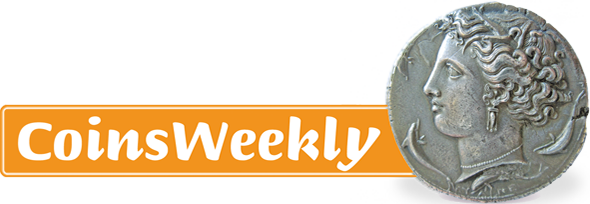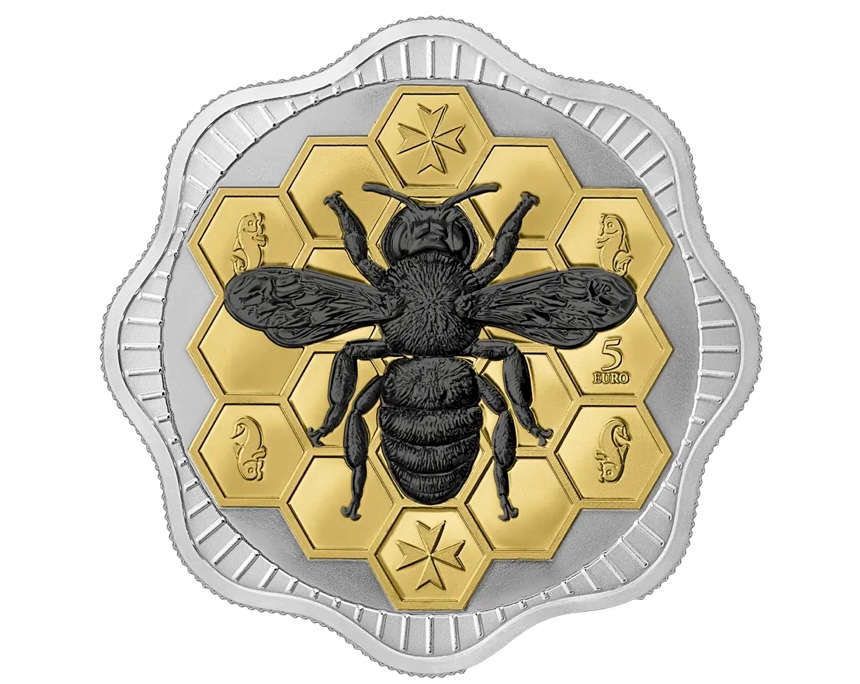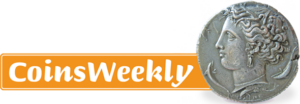Instead, ruthenium has occasionally been used to enhance modern silver coins, particularly in the context of teleshopping and mail-order sales. These were always private, aftermarket colour applications. However, for the first time, a eurozone country has issued a commemorative coin featuring rare ruthenium galvanisation: Malta has released a €5 flower-shaped coin adorned with ruthenium, yellow gold, and palladium.

In sequential steps, the individual parts of the coin are galvanised. Photo: Central Bank of Malta
This exotic masterpiece carries a deeper meaning: Malta’s coin commemorates its first collector coin from 1977, which depicted the Maltese bee. The design highlights the country’s historical connection to beekeeping and its commitment to preserving natural heritage.

Gilded and antique finish – with the approval of the Croatian Central Bank. Photo: Croatian Mint.
Malta’s new commemorative coin reflects a broader trend in modern numismatics: an increasing number of eurozone countries are adopting innovative finishing techniques, which have traditionally been the hallmark of private mints and distributors. Croatia recently issued its Dragon of Trsat coin with an antique finish and partial gilding – two effects previously more commonly seen on TV or in the glossy catalogues of mail-order companies.










